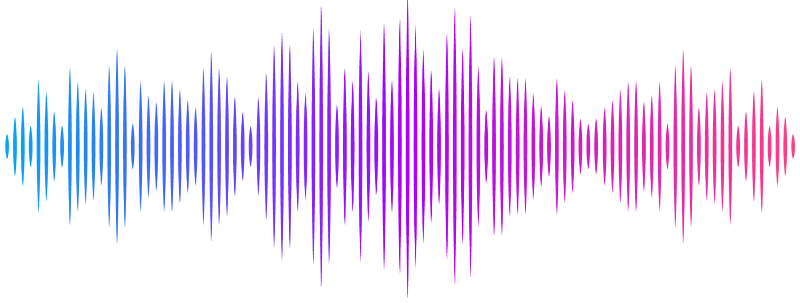Spectroscopic r-Process Abundance Retrieval for Kilonovae III: Self-Consistent Spectral and Light Curve Modeling of the GW170817 Kilonova

Spectroscopic r-Process Abundance Retrieval for Kilonovae III: Self-Consistent Spectral and Light Curve Modeling of the GW170817 Kilonova
Nicholas Vieira, John J. Ruan, Daryl Haggard, Maria R. Drout, Rodrigo Fernández
AbstractThe observed spectra and light curves of the kilonova produced by the GW170817 binary neutron star merger provide complementary insights, but self-consistently modeling both the spectral- and time-domain has proven challenging. Here, we model the optical/infrared light curves of the GW170817 kilonova, using the properties and physical conditions of the ejecta as inferred from detailed modeling of its spectra. Using our software tool SPARK, we first infer the $r$-process abundance pattern of the kilonova ejecta from spectra obtained at 1.4, 2.4, 3.4, and 4.4 days post-merger. From these abundances, we compute time-dependent radioactive heating rates and the wavelength-, time-, and velocity-dependent opacities of the ejecta. We use these inferred heating rates and opacities to inform a kilonova light curve model, to self-consistently reproduce the observed early-time light curves and to infer a total ejecta mass of $M_{\mathrm{ej}} = {0.11}~M_{\odot}$, towards the higher end of that inferred from previous studies. The combination of a large ejecta mass from our light curve modeling and the presence of both red and blue ejecta from our spectral modeling suggests the existence of a highly magnetized hypermassive neutron star remnant that survives for $\sim$$0.01 - 0.5$ s and launches a blue wind, followed by fast, red neutron-rich winds launched from a magnetized accretion disk. By modeling both spectra and light curves together, we demonstrate how combining information from both the spectral and time domains can more robustly determine the physical origins of the ejected material.